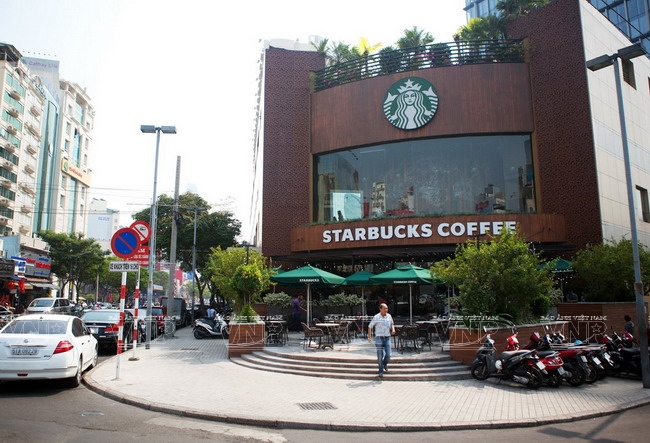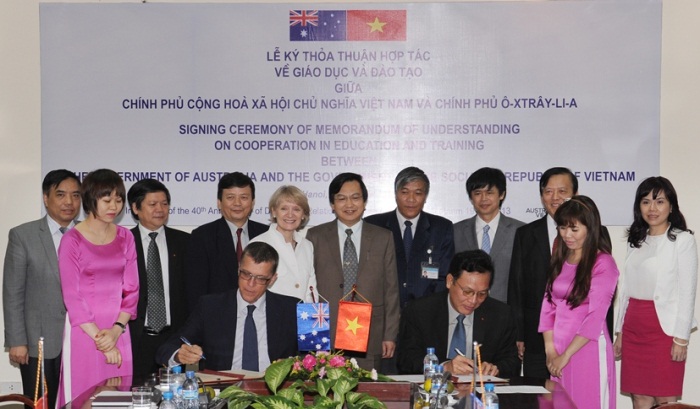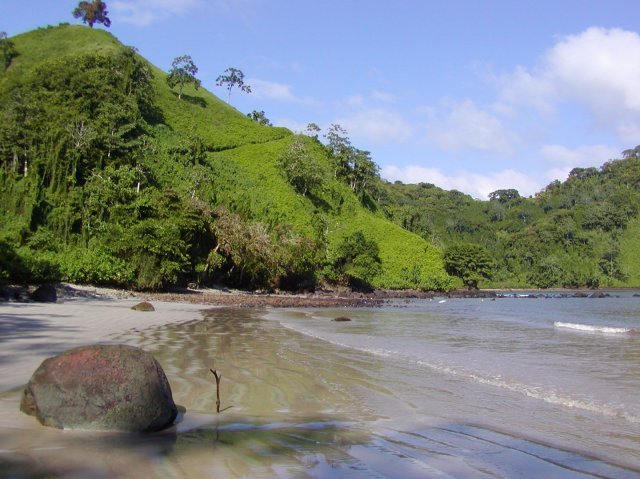Never before have I read anything remotely close to business, but I found what I consumed of Start-Up Vietnam to be very interesting and easily digestible from the viewpoint of someone who is not used to this realm of thought and subject matter. To start off, I appreciated the foreword written by Giang Lam, because it gave an accurate and insightful look into the outside of Vietnam from the view of a native and a foreigner. As I was reading, many parts stood out to me as being very evident and relatable from what I experienced when I went back to Vietnam this past summer.
As a pre-health student, I feel that so much of my attention is focused on the sciences that I do not pay enough attention to much outside of it. I want to make a more conscious effort to look into more topics such as business in Vietnam because it does interest me. Professor Valverde mentioned that as time passes on and more young entrepreneurs pave the way for Vietnam to be more suitable for business, eliminating the cons that Rowan mentioned, the older, more traditional and corrupt business people will cycle out and Vietnam as a whole will experience a greater growth in business than it is right now. I look forward to that day and am curious as I am getting older to see how the globalized future of Vietnam pans out.

References:
Business in Vietnam - Google Search. https://www.google.com/search?q=business+in+vietnam&rlz=1C5CHFA_enUS789US789&source=lnms&tbm=isch&sa=X&ved=0ahUKEwiwvdOIvpnhAhWMHzQIHVwfCWUQ_AUIDygC&biw=1439&bih=690#imgrc=A5z-C17MgSYjfM: Accessed 23 Mar. 2019.
Rowan, Andrew. Startup Vietnam: Innovation and Entrepreneurship in the Socialist Republic. GKTA Group, 2018.






























